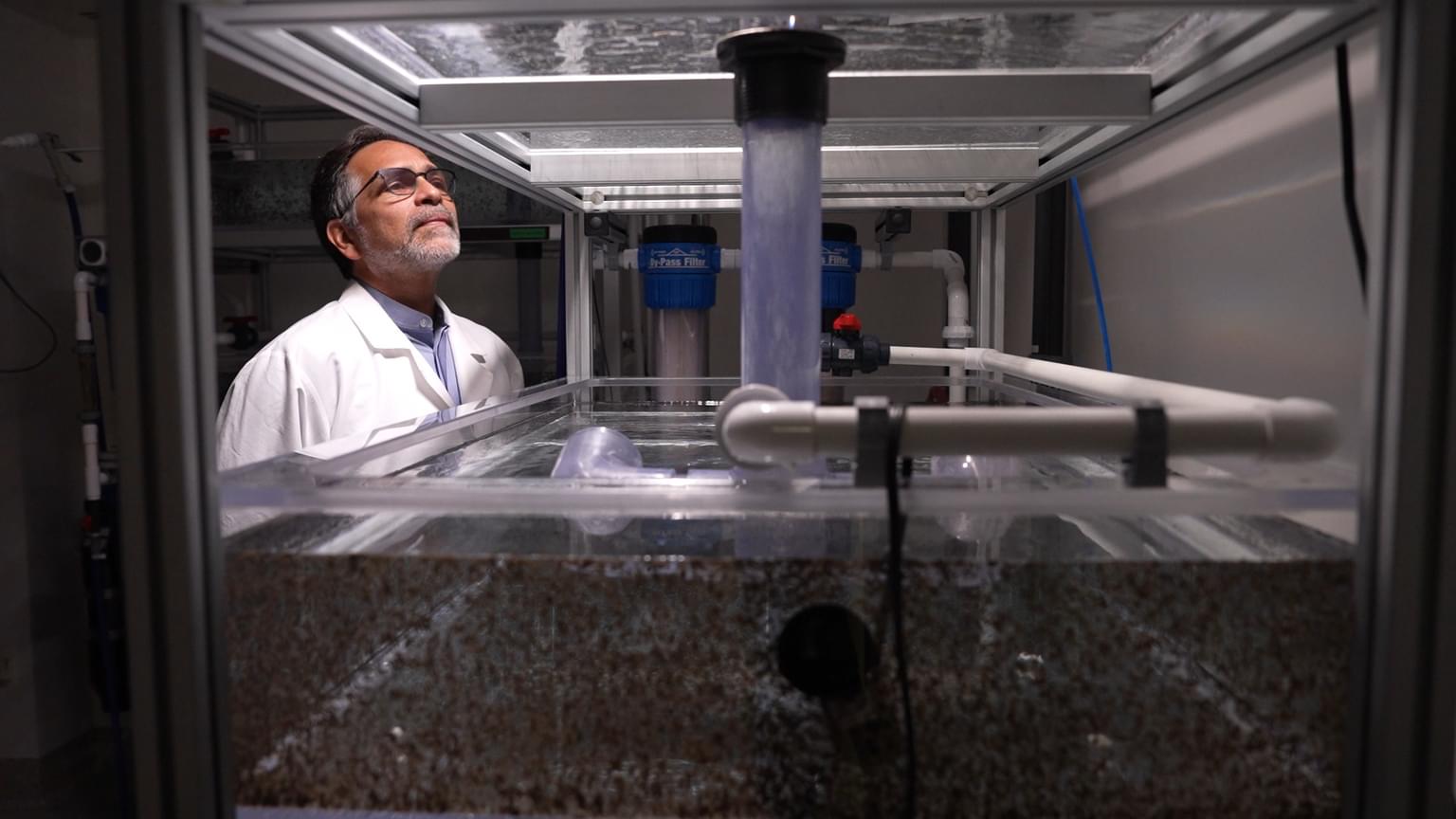News

03 April 2025
Does a cell’s “type” define its function?
A recent article co-authored by Stowers Investigator reviews current neurobiology research to highlight and foster scientific discussion.
Read Article
KANSAS CITY, MO—Researchers from the Stowers Institute for Medical Research in collaboration with Fred Hutchinson Cancer Research Center researchers have identified an unprecedented genetic survival strategy that would be right at home in an Agatha Christie murder mystery novel.
In their report published June 20, 2017, in eLife, co-first authors and Stowers Predoctoral Researchers Nicole Nuckolls and María Angélica Bravo Núñez, study lead Sarah Zanders, Ph.D., and colleagues detail how the wtf4 gene found in S. kambucha fission yeast acts as both a poison and an antidote to ensure its transmission into the next generation, and to eliminate its competition.
Wtf genes are selfish genes - parasitic genes whose sole purpose is to survive and spread. Specifically, the wtf4 gene is a meiotic drive selfish gene. It interferes with the process of meiosis - the form of cell division that creates sex cells, called gametes, like eggs and sperm.
Gametes contain only one copy of each chromosome. The cells that generate gametes contain two copies: one chromosome from each parent. During meiosis, each copy is transmitted to the gametes in equal numbers. For example, males with an X and Y chromosome produce 50 percent X-bearing and 50 percent Y-bearing sperm.
However, when meiotic drive genes are at work, they can stack the odds in their favor by destroying the gametes that don't carry them. For example, if the male has a gamete-killing meiotic drive gene on his X chromosome, the sperm carrying the Y chromosome are killed-eliminating half the sperm competing to fertilize the egg. Paradoxically for selfish genes, this process can lead to infertility.
The researchers discovered that wtf genes poison their prey.
"The strategy that wtf selfish genes employ is to poison all the developing gametes, but then keep the antidote for themselves," says Zanders, a Stowers assistant investigator. "The gametes that inherit the selfish genes are also exposed to the poison, but they don't succumb to it because they have the antidote. And the gametes that don't inherit the selfish gene are destroyed."
Zanders likens the mechanism to a dinner party in a murder mystery novel, in which everyone, including the host, is poisoned, but the host has the antidote.
The researchers discovered the actions of multiple independent meiotic drivers in fission yeasts in an earlier study, reported in 2014 in eLife, but didn't know which genes were responsible, or how they destroyed gametes that didn't inherit the genes. To learn more, Zanders and her colleagues used genetic mapping to reveal the complex landscape of multiple meiotic drive genes on chromosome 3 of S. kambucha.
They found that wtf genes made two different RNA messages-a short message (which encodes the poison) and a long message (which encodes the antidote). They tagged the poison protein green and the antidote protein red, and imaged the cells during meiosis.
"In those images, we could see very clearly that the poison was everywhere, so that every cell was exposed to the poison," Zanders says. "But the antidote was present only in the spores that inherited the wtf gene."
Gametes lacking the wtf genes died. Zanders says the combination of their genetics experiments and imaging studies provide ample evidence that wtf genes make both a poison and antidote. The researchers also found that wtf4 is a member of a large family of selfish genes, and that at least one other wtf gene also causes meiotic drive, suggesting that the family proliferated due to meiotic drive.
The findings are particularly interesting from an evolutionary perspective, Zanders says.
"The wtf genes make a poison that has the potential to kill everything, including themselves. That's risky. Having this second component that's an antidote, and keeping the antidote private, is the way they figured out how to selectively eliminate their competition."
The study expands our current understanding of the nature of gamete-killing meiotic drive genes and how they can contribute to infertility, she adds. The finding may also guide future discoveries of meiotic drive genes in other organisms, such as crops or humans.
"Meiotic drive systems like wtf genes could potentially be used to eradicate pest populations or to facilitate the spread of desirable traits in natural populations," Zanders says.
Other study contributors include Michael T. Eickbush, Jeffrey J. Lange, Ph.D., and Sue Jaspersen, Ph.D., from the Stowers Institute; Janet M. Young, Ph.D., Jonathan S. Yu, and Gerald R. Smith, Ph.D., from the Fred Hutchinson Cancer Research Center; and Harmit S. Malik, Ph.D., from the Fred Hutchinson Cancer Research Center and the Howard Hughes Medical Institute. Zanders and Jaspersen have affiliate positions in the Department of Molecular and Integrative Physiology at the University of Kansas Medical Center.
The work was funded by the National Institute of General Medical Sciences of the National Institutes of Health under award numbers R01GM031693 and R35GM118120 (GRS), R01GM74108 (HSM), and K99/R00617GM114436 (SEZ), the Mathers Foundation, and the Howard Hughes Medical Institute. The content is solely the responsibility of the authors and does not necessarily represent the official views of the National Institutes of Health.
Lay Summary of Findings
Researchers from Stowers Institute for Medical Research in collaboration with Fred Hutchinson Cancer Research Center researchers have identified a gene found in fission yeast that acts as both a poison and an antidote to ensure its transmission into the next generation, and to eliminate its competition. In their report, published June 20, 2017, in eLife, Stowers Assistant Investigator Sarah Zanders, Ph.D. , and colleagues detail how the parasitic selfish gene wtf4 in S. kambucha destroys developing gametes (analogous to sperm) that don't possess it. The gene poisons developing gametes, but keeps the antidote for itself. Gametes that inherit the selfish genes are protected because they have the antidote. The gametes that don't inherit the selfish genes are destroyed. According to Zanders, the study expands our current knowledge of the nature of gamete-killing meiotic drive genes and how they can contribute to infertility. The finding may also guide future discoveries of meiotic drive genes in other organisms, such as crops or humans.
About the Stowers Institute for Medical Research
The Stowers Institute for Medical Research is a non-profit, basic biomedical research organization dedicated to improving human health by studying the fundamental processes of life. Jim Stowers, founder of American Century Investments, and his wife, Virginia, opened the Institute in 2000. Currently, the Institute is home to about 500 researchers and support personnel, over 20 independent research programs, and more than a dozen technology development and core facilities. Learn more about the Institute at www.stowers.org and about its graduate program at www.stowers.org/gradschool.
News

03 April 2025
A recent article co-authored by Stowers Investigator reviews current neurobiology research to highlight and foster scientific discussion.
Read Article
News

01 April 2025
Brown, who held key leadership roles for both organizations, passed away March 27, 2025.
Read Article
Press Release

27 March 2025
Alejandro Sánchez Alvarado, Ph.D., receives recognition as a leader and expert in regenerative biology and its potential to transform human health.
Read Article
